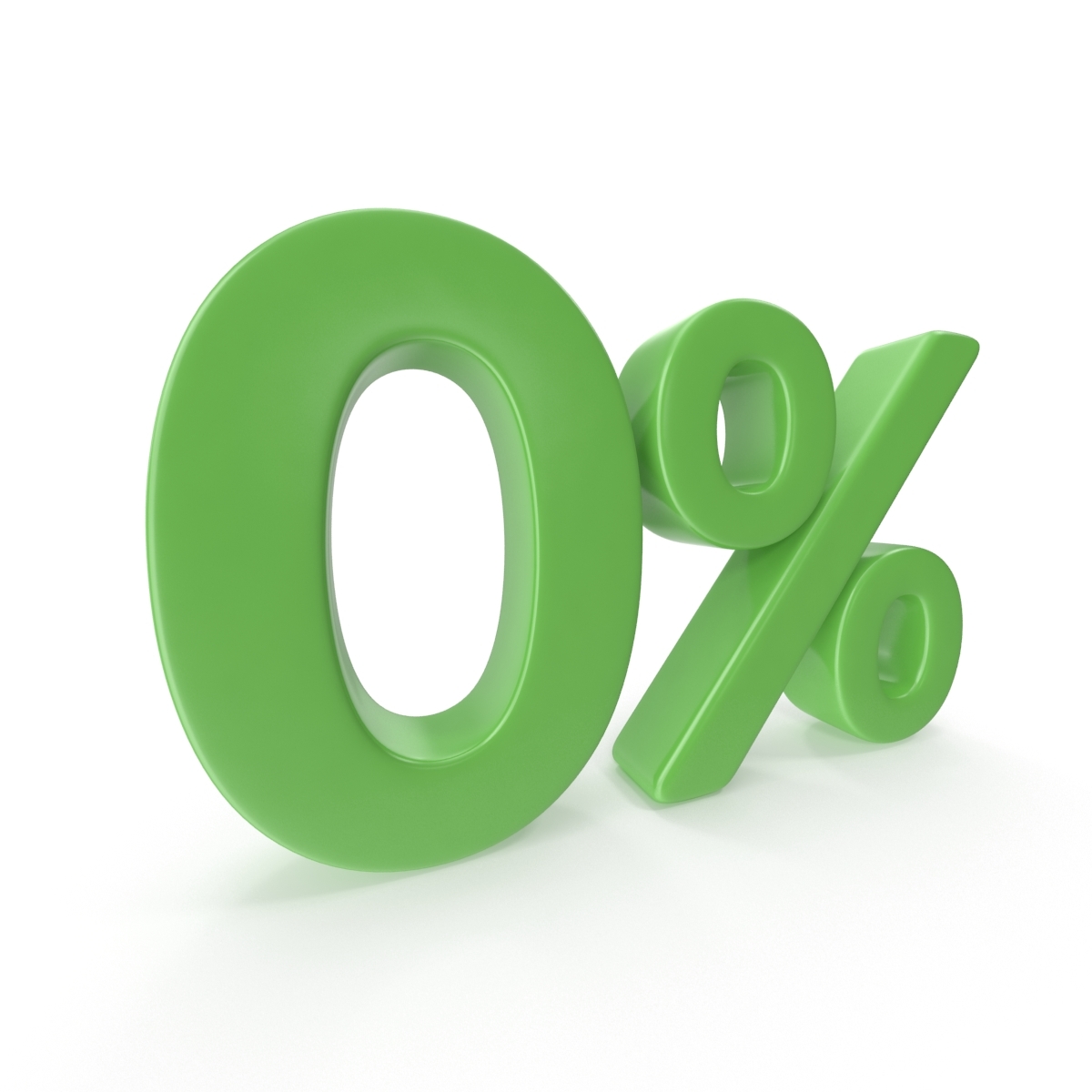Fed’s Announcement: 0% Mortgage Rates?

Many of you might have heard or seen the remarkable news in March that the Fed is lowering its benchmark interest rate to zero! I’ve been getting calls and texts tonight from a few of my current and past clients, asking about what the announcement means for their mortgages. I wanted to take a moment and offer an explanation. To summarize: the Fed did not cut mortgage rates and, as you will discover, the rates have actually increased significantly last week. Here are the details.
What the Fed committed to lowering is the Federal funds rate. It is the interest rate that banks charge other banks for lending them money from their reserve balances on an overnight basis. This is not a mortgage interest rate, as many consumers are led to believe since it only applies to loans with terms of less than one day. The Fed funds rate usually correlates to mortgage interest rates and, at some point, interest rates could begin to come down. However, this time around, there are a few important caveats that may significantly limit this fall in interest rates or hinder it for quite some time. Here are a few of them.
Banks are already operating at capacity. Due to a recent wave of refinances, pretty much every bank in the US is operating at capacity or is severely understaffed. To prevent further inflow of mortgage loans, shortly after the Fed cut its benchmark rate by 0.5% on March 3rd, interest rates unexpectedly went up a whole percentage point to close in the 4% range by the end of Friday of last week. Until lenders make their way through their existing pipelines (2-4 weeks), they are not interested in lowering the rates to get more borrowers.
To get a bit more technical, here is the main “behind the scenes” reason. As a result of this wave of refinances, there is now a logjam in the $7.5 trillion market for mortgage-backed securities, where most US home loans are bundled into securities that are guaranteed by Fannie Mae and Freddie Mac, the government-controlled “agencies,” and then sold in secondary markets.
As the coronavirus is spreading, banks and brokers that act as intermediaries in the markets have struggled to sell the mortgage bonds. They also have little appetite for adding more of them to their balance sheets, which could keep the rates from falling for some time. As a result, the difference between yields on mortgage-backed securities and those on 10-year Treasuries has doubled since a month ago to 1.5 percentage points — the widest spread since 2009, during the financial crisis, according to Bloomberg data. This has resulted in interest rates going up, for the time-being, instead of coming down.
All of the above factors make our current situation unusual. Despite the unprecedented 0% “benchmark rate”, we may not see lower interest rates for weeks or months. In the meantime, you are probably still going to be bombarded with interest rate offers, calls/texts and online banner ads. Please ignore them. Most of the incredibly-low rates that you will see are “teaser rates” that would have thousands of dollars in accompanying lender and title fees. For my past clients: once your loan is eligible for and is able to benefit from a refinance, I will be the first person to get in touch with you. Lastly, there are quite a few mortgage/identity scams that are taking place. Just last week, one of my past clients provided personal information on the phone to somebody pretending to be “his mortgage lender, offering an amazing refinance deal”, only to receive a phone call from Sam’s Club the next day, informing him that a credit card was opened in his name.
Again: the Fed did not cut mortgage rates. The extent to which consumers and especially financial news media (who should REALLY know better by now) mistakenly believe the fallacy of the Fed dictating mortgage rates is truly unfortunate. You can’t get a lower rate right now just because of the Fed’s emergency announcement. You might not have even realized how high rates had skyrocketed by Friday afternoon of last week. You could, however, potentially get a lower rate at some point in the coming weeks or months. That said, there are quite a few factors that could keep the rates on the high side for the time-being.
Please do not hesitate to contact me at any time with any questions. I hope that everyone is staying safe and healthy during these difficult times.